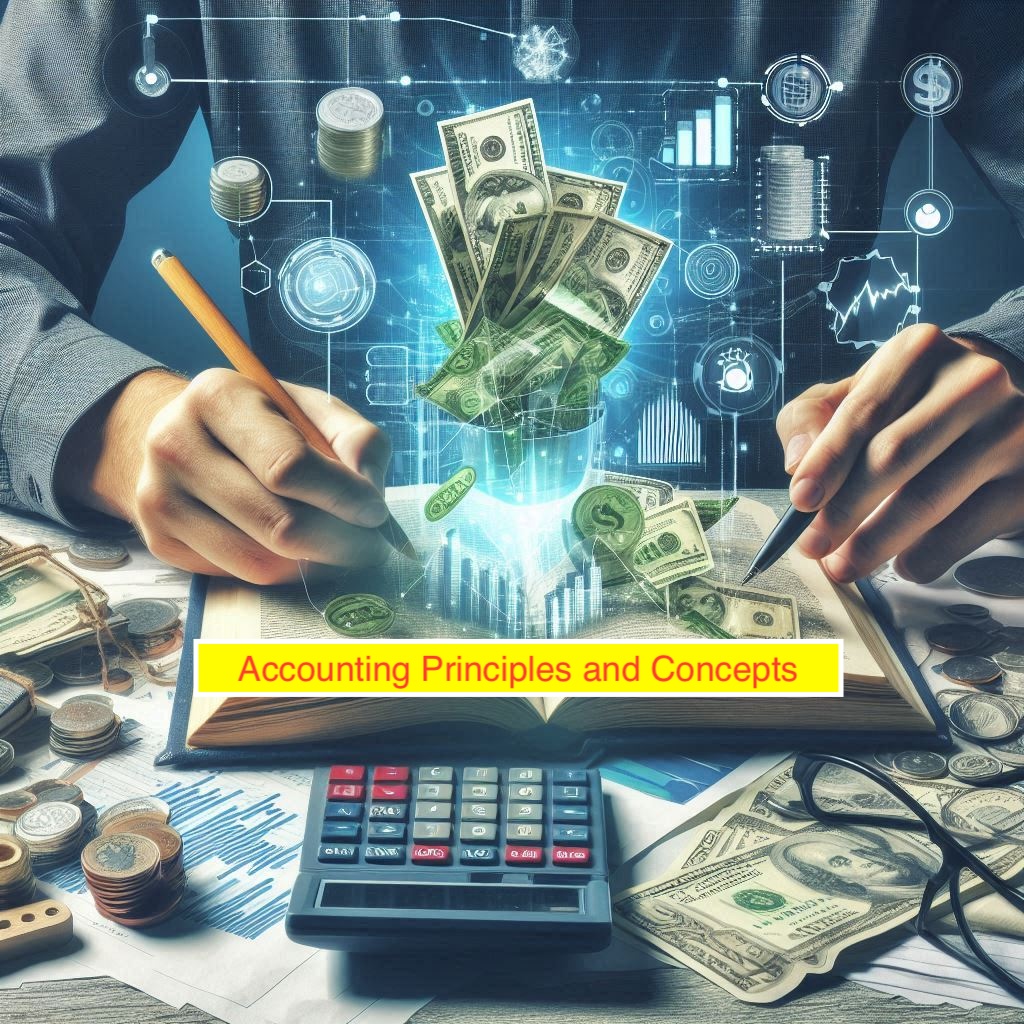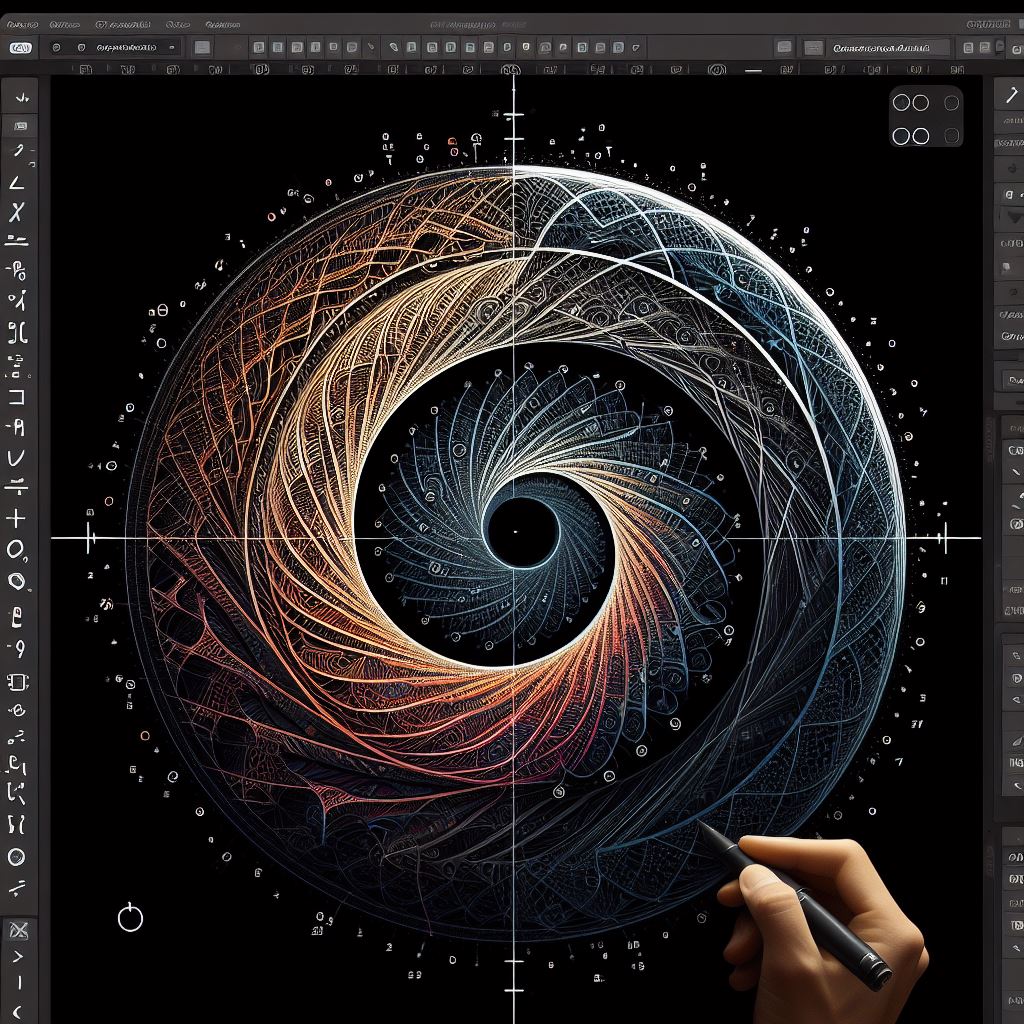Scarcity
Wants: Things that one does not require to survive but for luxury (e.g., PS5).
Needs: Things that one needs to survive (e.g., food and water).
Resources: Services or other assets used to produce goods and services to meet our needs and wants
Using the above definitions, scarcity can be defined as:
“There exists only a finite number of resources but infinite number of wants”
🕵🏻♂️The Economic Agents🕵🏻♂️
Economic agents comprise of the households and firms which operate in an economy’s private sector along with the government in the public sector.

3 Questions Asked by The Agents

Private & Public Sectors
| Private Sector | Public Sector |
| Refers to the economic activity of private individuals & firms | Refers to the economic activity directly involving the government |
| Profit motive (earn money for owners) | Public service (provide a service) |
| Samsung, Pizza Hut, and Toyota are examples of companies in the private sector | Mainly government institutions and services (like firefighters, government hospitals, etc.) |
All the economic agents consume and produce goods one way or the other.
Goods & Services
Goods are physical items which can be produced, bought, and sold.
Services are non-physical items which can be provided by firms & paid by consumers.
Types of Goods

Economic goods are ones limited in supply, they are scarce in terms of demand for the good, and human effort is required to obtain the good.
Free goods are those unlimited in supply and have no opportunity cost for production or consumption.
Goods provided by the government are not considered as free goods as they have an opportunity cost (money could have been invested elsewhere).
The Basic Economic Problem
This is concerned with how well an economy can allocate scarce resources to satisfy people’s unlimited needs & wants.
Factors of Production
These are the resources needed to produce a good or service.
| Factor | Definition | Reward |
| Land | Natural resources needed in the production process | Rent |
| Labour | Human resources needed in the production process (includes skilled & unskilled labour) | Wages |
| Capital | Manufactured resources needed in the production process | Interest |
| Enterprise | Skills required by a businessperson requires to combine and manage the other factors effectively | Profit |
Mobility of The Factors
Geographical
This refers to the willingness and ability for a factor of production to relocate to another location.
| Factor | Mobile? | Reason |
| Land | Nope | It is not possible to move land around (logic lol) |
| Labour | Yes | Workers can work everywhere (they are needed for production). There are some reasons why they are immobile (check here). |
| Capital | Depends | Depends on the capital. Equipment is geography mobile, but a ship dock is not. |
| Enterprise | Yes | A person who successfully used the factors in one country can do the same in another. |
Reasons Why Labour Can Be Immobile
Family Ties:
People may not be willing to relocate as they want to stay close to their family & relatives.
There may also be things like schooling arrangements, neighbour relations, etc.
Cost of Living:
Cost of living is different in different countries.
Labourers may not be willing to go from a country with low cost of living to one with high cost of living.
Occupational
Refers to the ease at which one factor can be used for something else.
| Factor | Mobile? | Reason |
| Land | Yes | Land can be used for various purposes. |
| Labour | Depends | Mainly on the cost and length of the training for the profession. People with low skills may find a hard time finding employment as opposed to highly skilled workers. |
| Capital | Depends | You cannot change the use of most manufactured goods. A printer will always print but there are exceptions, we can use an office block or factory for many things. |
| Enterprise | Yes | A person who can use the factors effectively in one industry is likely to be able to do the same in another. |
Reasons For Changes in The Quality & Quantity of Factors of Production
| Effect | Cause |
| Low Labour Demand | Increase in national minimum wage. |
| Increase/Decrease in price | Complying with regulations results in higher cost of production and thus, higher prices. |
| Government subsidies reduce cost of production and so, lower prices. | |
| Better technology helps reduce cost of production leading to lower prices. | |
| Increased Labour Quantity | Lower income taxes |
| High labour migration into the country results with higher labour supply. | |
| Boost in Production | Better education and healthcare results in higher quality of labour which boosts production. |
| Increased/Decreased Agricultural Products | Bad weather condition can cause decrease in agricultural products and vice versa. |
💸Opportunity Cost💸
Opportunity cost is the cost of the next best opportunity forgone when deciding.
Example
I chose to make notes for unit 1 of economics, my opportunity cost is the notes for some other subject (like chemistry or physics maybe).
Influence on Decision Making
| Agent | Reasoning |
| Consumers | When a consumer purchases one thing over the other, they miss out on the benefits of the other product. |
| Workers | Workers have a field of speciality, when they decide on the field, they give up the opportunity to persue other jobs & careers. |
| Producers | They must choose between different fields for investment, research, expansion, etc. |
| Government | If they decide to invest in education, they have less money for other fields like transportation or protection. |
Production Possibility Curve (PPC)
This shows the maximum combinations of goods and services which can be produced in an economy.
A PPC diagram is the graphical representation of the maximum combination of the amounts of goods & services which can be produced in an economy.
Points on the PPC

| Point | Meaning |
| A | All resources are used to produce product 2. |
| B | All resources are used to produce product 1. |
| C | Products 1 and 2 are produced, but more of product 2 is produced. |
| D | Products 1 and 2 are produced, but more of product 1 is produced. |
| E | Lies beyond the PPC meaning it is outside the productive capacity. This level is not attainable (yet). |
| F | Lies inside the PPC meaning not all resources are being used (inefficient use of resources). |
Movements Along The PPC
Conditions To Be on the PPC
There are 2 conditions a country must meet to be on the PPC:
- All factors are in use.
- The factors are being used efficiently and are allocated for their best use.
Movement Along The PPC
This always involves an opportunity cost as we decrease production of one product to increase the production of the other.
In the diagram on the right, the point moves from X to Y, this means that we decrease production on product 2 to increase production of product 1.

Shifts in The PPC Curve
PPC 1:

PPC 1 shows an inward shift in the PPC.
This means that the productive capacity of an economy has decreased.
This is usually done when the factors have been compromised (land is not usable or workplaces were destroyed due to natural disaster).
PPC 2:

PPC 2 shows an outward shift in the PPC.
This means the economy’s productive capacity has increased.
This usually happens when the factors have become more efficient, productive, or increased (technological advances increase productivity).






